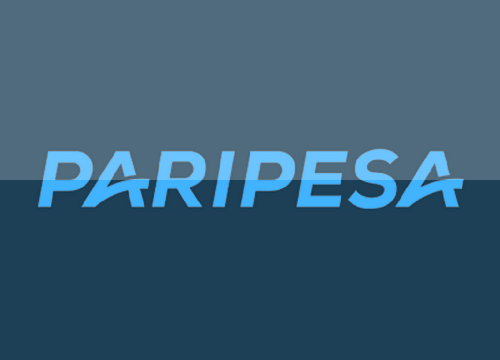When engaging in sports betting, understanding odds and probabilities is essential for making informed decisions. This guide explains the concept of odds, their formats, and how they relate to betting probabilities.
1. What Are Betting Odds?
Betting odds are numerical representations of the likelihood of an event occurring. They serve two purposes:
- Probability Representation: Indicating how likely an outcome is.
- Payout Calculation: Determining how much you stand to win if your bet succeeds.
Odds are provided by bookmakers, who factor in statistical data, expert analysis, and their own margins to set them.
2. Common Odds Formats
Betting odds are typically expressed in three main formats:
Decimal Odds (European Odds)
Widely used in Europe, Canada, and Australia.
- Example: 2.50
- Interpretation: For every $1 wagered, you’ll win $2.50 in total (including your stake).
- Formula for Payout:
[
\text{Payout} = \text{Stake} \times \text{Decimal Odds}
]
Fractional Odds (UK Odds)
Popular in the UK and Ireland.
- Example: 3/2
- Interpretation: For every $2 wagered, you’ll win $3 in profit.
- Formula for Payout:
[
\text{Payout} = \text{Stake} + \left(\text{Stake} \times \frac{\text{Numerator}}{\text{Denominator}}\right)
]
Moneyline Odds (American Odds)
Common in the US, displayed as positive or negative numbers.
- Positive Odds (+200): Indicate potential profit for a $100 stake.
- Bet $100 to win $200.
- Negative Odds (-150): Indicate the amount you need to stake to win $100.
- Bet $150 to win $100.
3. How Odds Reflect Probabilities
Odds are inversely related to probabilities, showing how likely bookmakers think an event is to occur.
Converting Odds to Probabilities
Decimal Odds:
[
\text{Probability (\%)} = \frac{1}{\text{Decimal Odds}} \times 100
]
- Example: Decimal odds of 2.50 → ( \frac{1}{2.50} \times 100 = 40\%)
Fractional Odds:
[
\text{Probability (\%)} = \frac{\text{Denominator}}{\text{Numerator + Denominator}} \times 100
]
- Example: Fractional odds of 3/2 → ( \frac{2}{3+2} \times 100 = 40\%)
Moneyline Odds:
- Positive Odds:
[
\text{Probability (\%)} = \frac{100}{\text{Odds} + 100} \times 100
]
Example: Moneyline odds of +200 → ( \frac{100}{200+100} \times 100 = 33.33\%) - Negative Odds:
[
\text{Probability (\%)} = \frac{\text{Odds (absolute)}}{\text{Odds (absolute)} + 100} \times 100
]
Example: Moneyline odds of -150 → ( \frac{150}{150+100} \times 100 = 60\%)
4. Implied Probability and Bookmaker Margin
Implied Probability
The total probability represented by the odds for all possible outcomes. Ideally, it equals 100%, but bookmakers include a margin to ensure profit.
[
\text{Implied Probability (\%)} = \text{Sum of Probabilities for All Outcomes}
]
Bookmaker Margin
A bookmaker’s margin reflects the difference between implied probability and 100%.
- Formula:
[
\text{Margin (\%)} = \text{Implied Probability} – 100
]
5. Why Understanding Odds and Probabilities Matters
Informed Decision-Making
- Identifying value bets where the implied probability is lower than your calculated probability.
- Example: If odds suggest a 40% chance (2.50), but your analysis suggests 50%, the bet offers value.
Bankroll Management
- Properly assessing probabilities helps you manage risks and bet responsibly.
6. Practical Example
Match: Team A vs. Team B
- Odds for Team A to win: 2.00
- Odds for Team B to win: 3.50
- Odds for a Draw: 3.00
Calculating Probabilities:
- Team A: ( \frac{1}{2.00} \times 100 = 50\% )
- Team B: ( \frac{1}{3.50} \times 100 \approx 28.57\% )
- Draw: ( \frac{1}{3.00} \times 100 \approx 33.33\% )
Total Implied Probability:
( 50 + 28.57 + 33.33 = 111.9\% )
Bookmaker Margin:
( 111.9 – 100 = 11.9\%)
7. Conclusion
Understanding odds and probabilities is fundamental for successful sports betting. By learning how to interpret odds, calculate implied probabilities, and identify value bets, you can make smarter betting decisions and improve your chances of long-term profitability. Always bet responsibly and remember that no betting system guarantees success.




